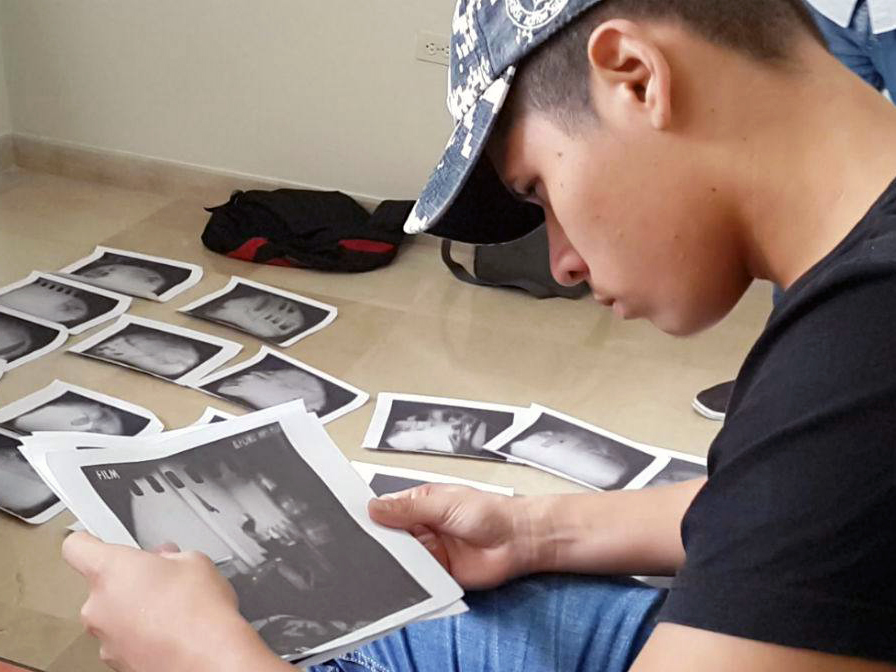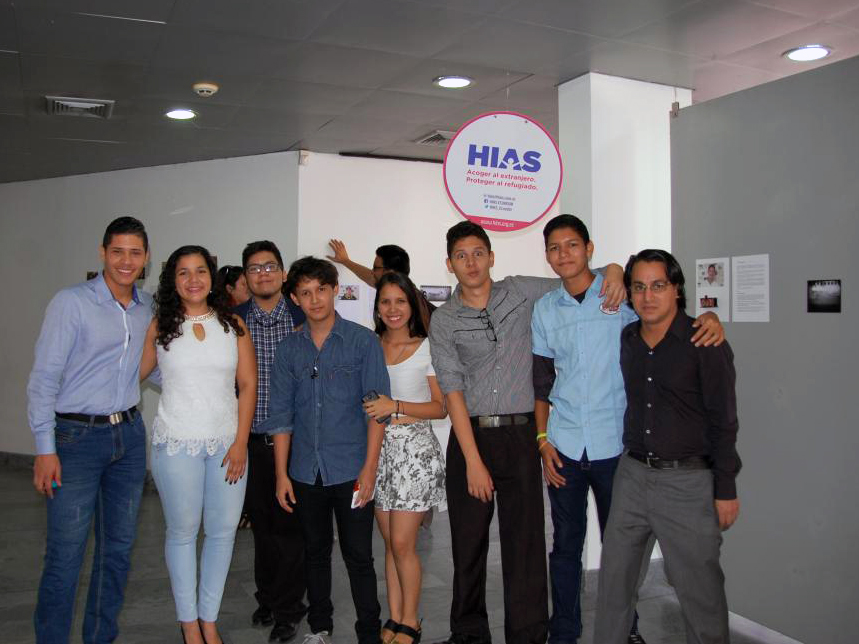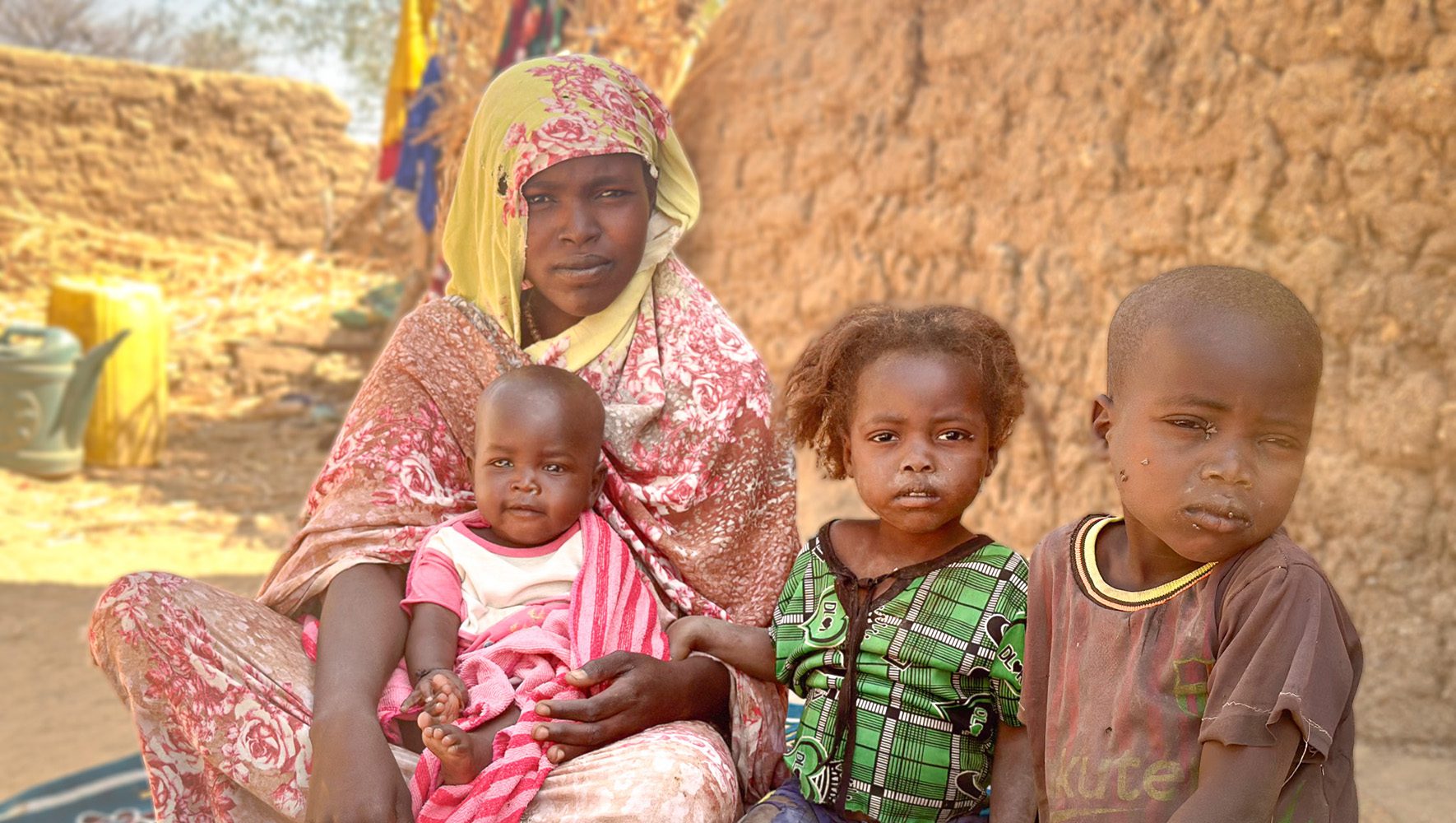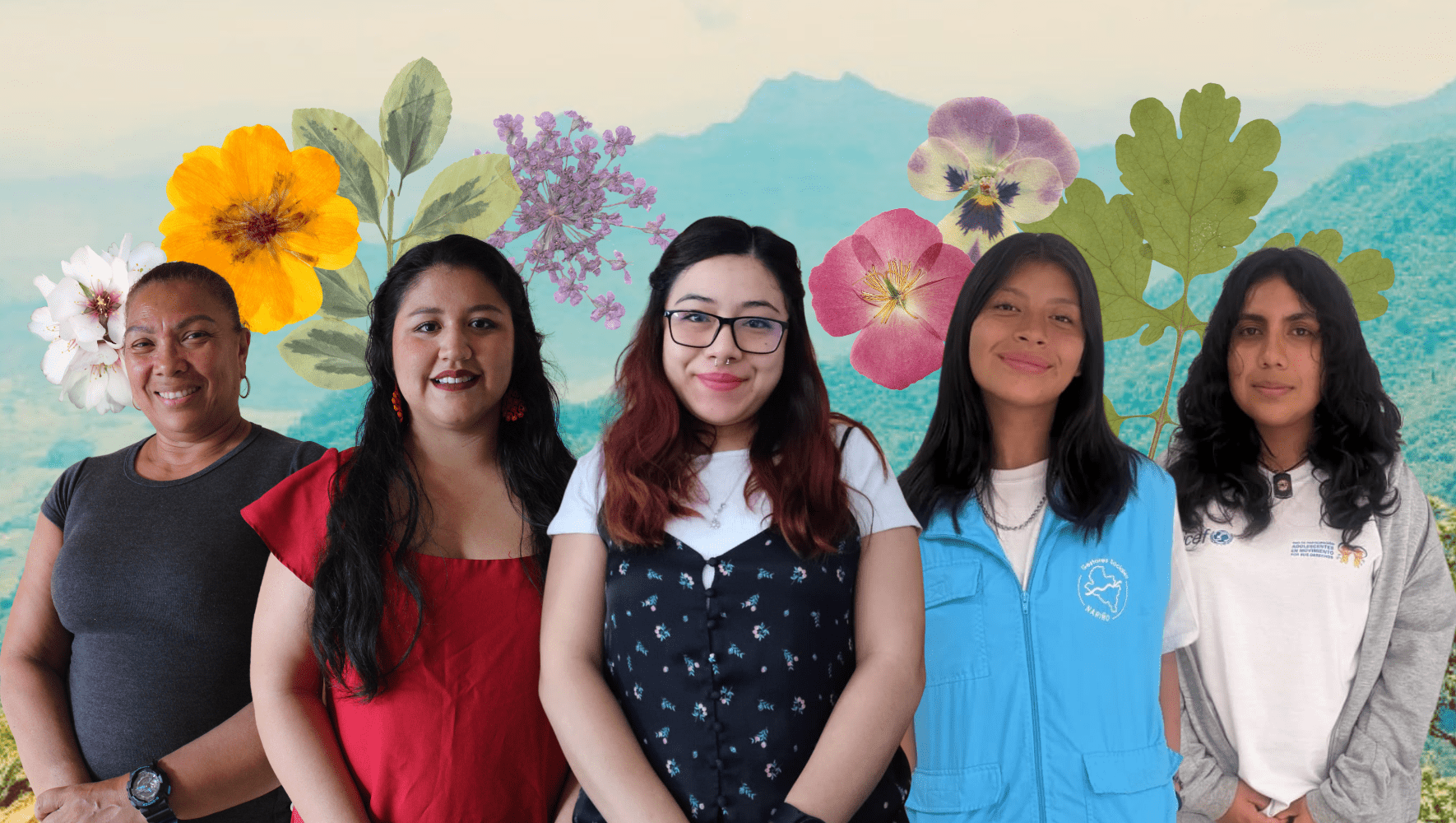Young Refugee Photographers Show Promise
By Rachel Nusbaum, HIAS.org
Sep 26, 2016
No matter where they come from or what they’ve been through, young people are full of creativity and eager to express themselves. The youth art project “Unidos Sin Fronteras” was founded on this premise.
Their work was celebrated with an exhibition at the Nahim Isaías Museum in Guayaquil City, Ecuador this summer. Three of HIAS Ecuador’s young clients were interviewed by El Universo, a major daily newspaper in Ecuador, at the time of the exhibition. The teens, all Colombian refugees, actually hail from the same city but met for the first time in Ecuador, where they arrived as refugees about two years ago. Now, they are students at Sauces High School in Guayaquil.
The teens created the “Unidos Sin Fronteras” (United Without Borders) youth group at HIAS. Connecting with other young people from a similar background provides an important social support system for them.
“HIAS helped me to meet other people from my country and now we are like brothers and sisters,” Luisa Salazar, a member of Unidos Sin Fronteras, told El Universo.
“We had already been working with their families, helping them adapt to life in Ecuador and getting the young people enrolled in school,” said Sabrina Lustgarten, director of HIAS Ecuador. “So they knew how supportive the staff was here. But we thought it was great that they wanted to take the initiative to start their own group, and we were thrilled to help them make it a reality.”
Andrés Gonzáles, one of the group’s founders, is 18 years old. He left his country at his mother’s insistence, after his father and grandparents became the targets of a blackmail campaign by guerrilla forces. He said it took him two years to adjust to the sudden change.
“As a facilitator, I saw that these young people were looking to talk about their lives, dreams and their experiences as refugees. We thought that photography was a good way to tell these stories,” said HIAS Psychologist Cesar Torres. “Their desire to make their voices heard and their effort were my motivation to develop this project.”
The exhibition, held at one of the largest theaters in the area, featured the work of six refugee youth. The images displayed were the culmination of seven months of training and artistic development.
Led by a volunteer teacher, the teens learned the basics of photography, from composition to development. They even built their own pinhole cameras out of recycled materials. The teens themselves selected the pinhole method, a technique which allows them to capture images without the use of a lens.
Salazar, one of the featured artists, told El Universo that her photographs reflect her experience of life as a refugee in Ecuador, in all its complexity. “I want to show Guayaquil as a screen that displays something pretty but at the same time has different things: urban neighborhoods and vulnerable people.” Despite some experiences of bullying in school, she has an optimistic view. “Certainly there is a lot of discrimination, but there are good people, too.”
“For me, this whole process has been rewarding since it started,” said Torres. “This exhibition shows that a small youth group of six teenagers can carry out effective advocacy.”
“It also showed me the value of my own work,” he added. “As I see that I can be a bridge that migrants and refugees use to express themselves. Working with this group has been a unique and valuable experience.”
The video below, produced by the Committee for the Defense of Human Rights, features the work of these young refugee artists, as well as an interview (in Spanish) with Javier Fabricio Medina, their photography teacher.




